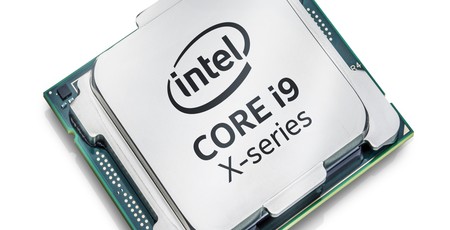
I’d love to be a fly on the wall at Intel HQ at the moment. This year has been the most interesting for a decade in the CPU market and mostly thanks to AMD. However, while the competition's lowered prices and increased core counts mean we’re enjoying one happy story, another more confusing area is Intel’s current lineup of CPUs.
Prior to the launch of Skylake-X this summer, we had a fairly well laid-out set of products stretching up to quad-cores in the midrange and 10 cores with the Core i7-6950X. There was a clear divide between its midrange and high-end desktop platforms, as such, with the latter offering more PCIe lanes, CPUs with solder between the core and heatspreader, and also of course more cores, with the Core i7-6800K being the starting point on LGA2011-v2 and sporting six cores and 12 threads compared to the Core i7-7700K’s flagship mainstream four cores and eight threads as the flagship mainstream.
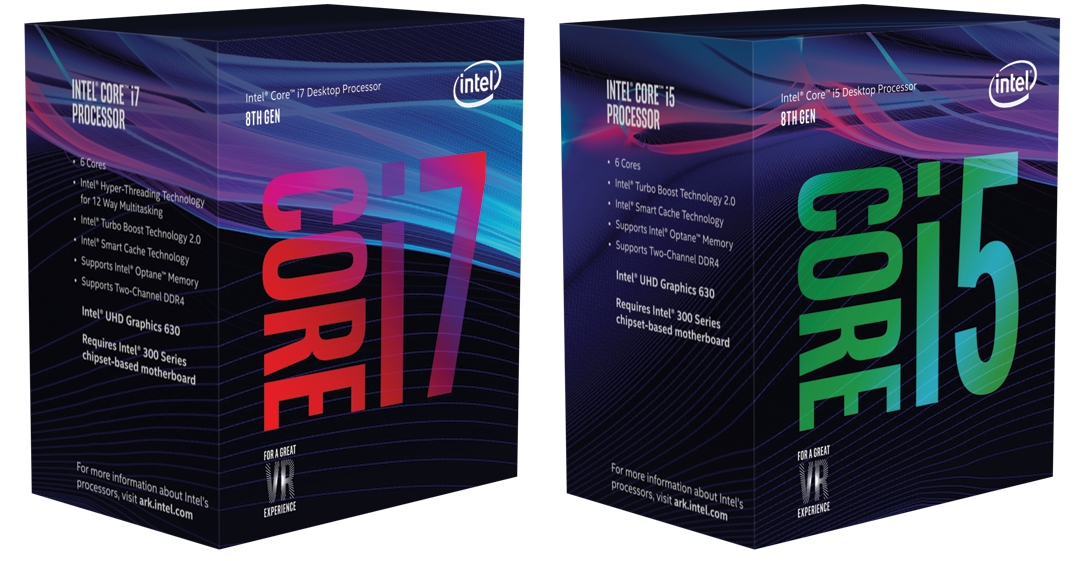
That's all changed not once but twice since Kaby Lake landed in January. Firstly, Intel made the unpopular move of using thermal paste with its high-end CPUs, citing issues with rigid solder causing damage to CPU cores due to temperature fluctuations as the reason for switching, having already made the move, of course, with its mid-range CPUs a while back. This meant one less reason for opting for a HEDT processor.
Secondly, it had some bizarre additions to its LGA 2066 CPU lineup, with two quad-core CPUs, which didn’t make any sense other than for extreme overclocking. However, it’s the Core i7-7800X which really looks out of place now that Coffee Lake has landed. This otherwise excellent, overclocking-friendly CPU is hampered by the fact it lacks Intel’s Turbo Boost Max Technology 3.0 when all the rest of the more expensive CPUs here have it. Plus, it’s now essentially been undermined by Intel’s own Coffee Lake Core i7-8700K, which is faster, overclocks further, and has a larger and cheaper range of motherboards to choose from too.
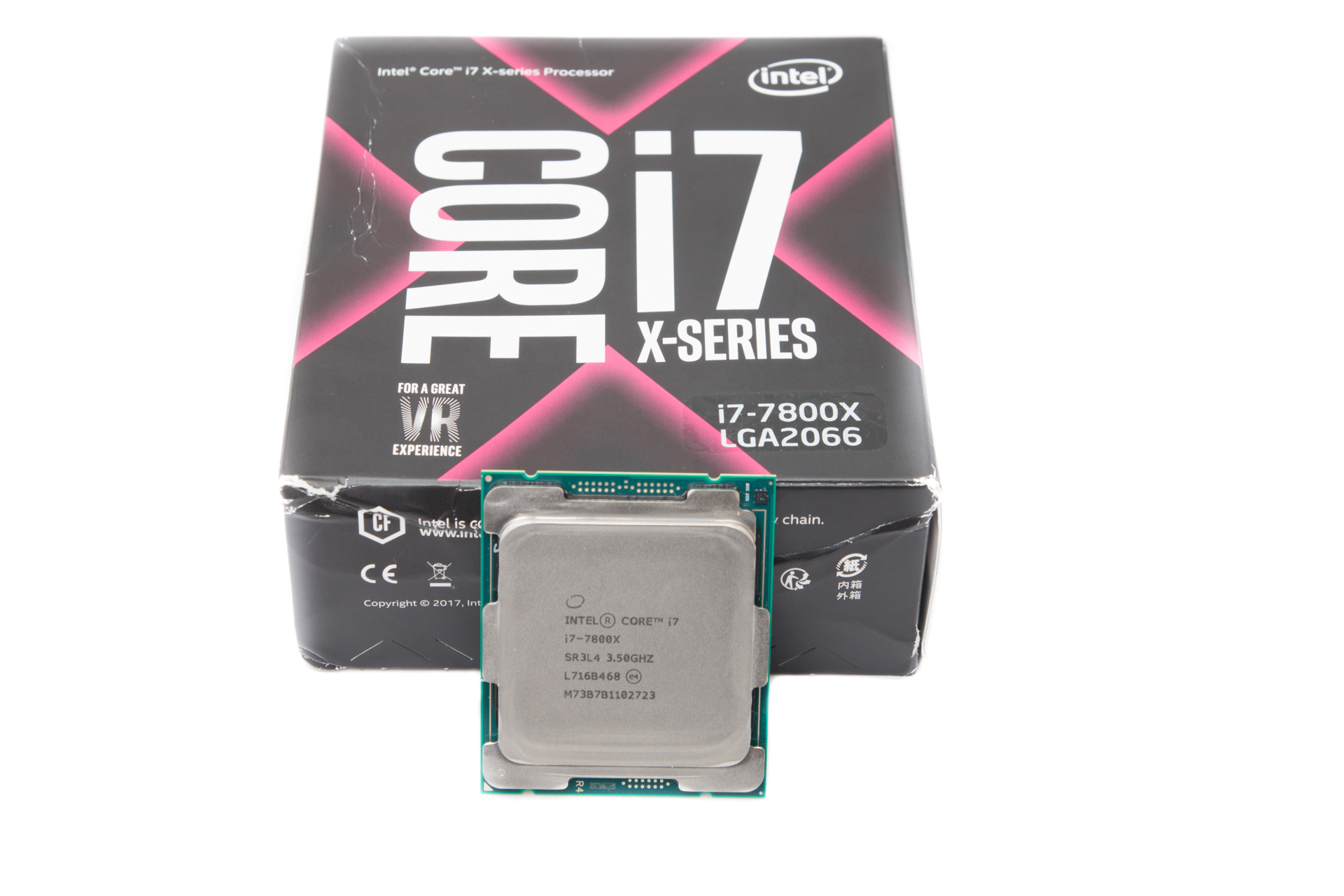
This kills any argument the Core i7-7800X is cheaper overall too – more expensive X299 motherboards basically mean that the two six-core, Hyper-Threaded CPUs – one on LGA 1151 and the other on LGA 2066 - cost the same overall despite the fact the 7800X is a lot cheaper on its own. The other benefits on offer by the HEDT CPU – quad-channel memory support and more PCIe lanes - aren’t likely to concern most enthusiasts, meaning that if you need a six-core Intel CPU, the Z370 platform is definitely the way to go.
The next step up, the Core i7-7820X is a little more attractive seeing as it does support Turbo Boost Max 3.0 as well as eight cores plus excellent overclocking headroom, but again, you’re going to be spending at least £200 more overall compared to the Core i7-8700K for those extra two cores, given the latter and Z370 boards are both £100 cheaper. The issues here at the lower end of Intel’s HEDT platform also need to be resolved and its lineup bolstered to completely eliminate the threat from AMD, whose Ryzen 7 CPUs are still able to outdo not just the Core i7-8700K but the Core i7-7800X too, at least in some benchmarks, and also offer much better value when focussing purely on multi-threaded performance.
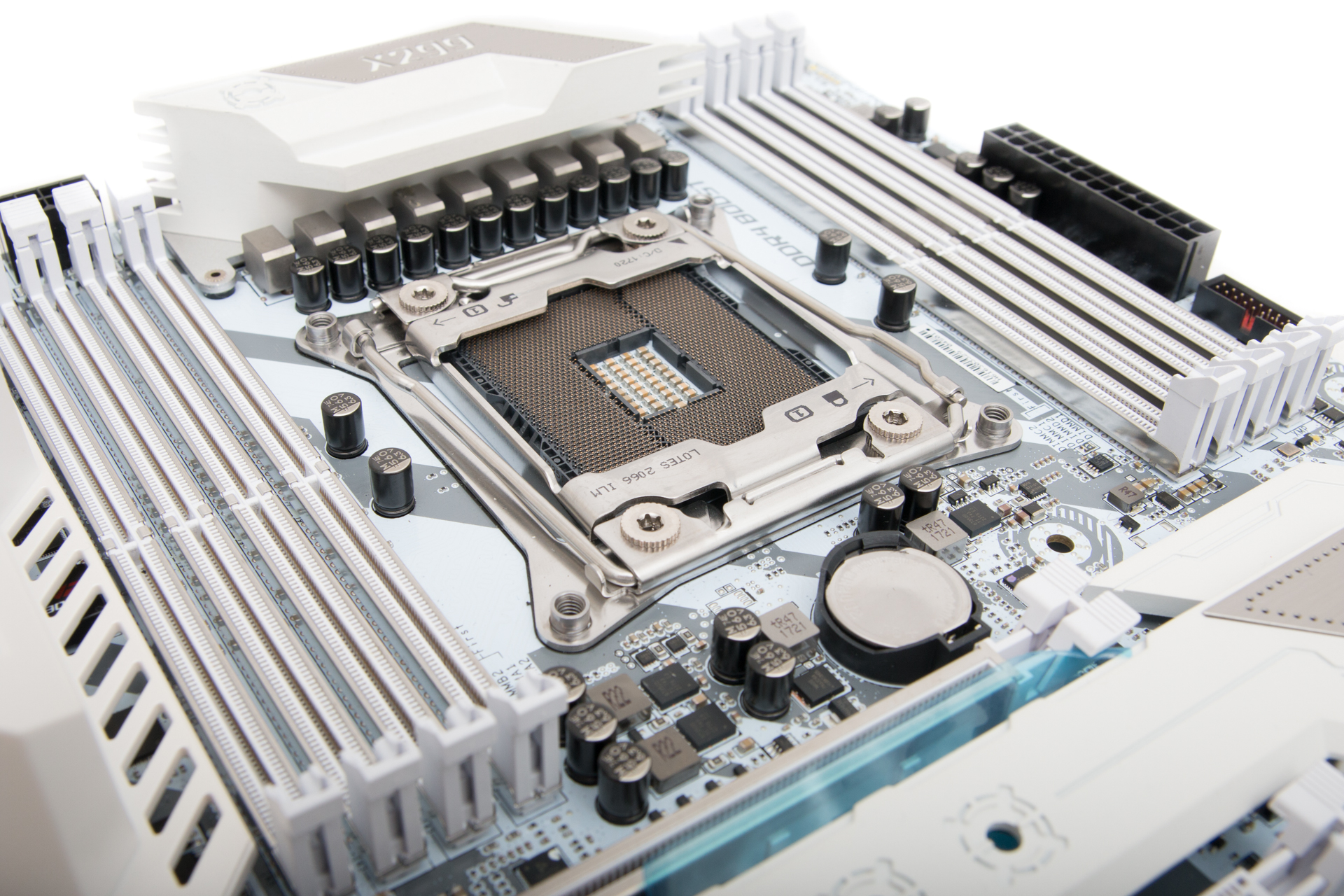
So, what can Intel do about this, both in terms of making all its CPUs attractive to potential buyers and competing with AMD? Well, it can do it a couple of ways. Firstly, it needs to boost core counts further in its mainstream range to deal with the fact that AMD offers more cores on its midrange platform. I would offer an eight-core CPU to either sit above or replace the Core i7-8700K. This would offer Ryzen 7-beating performance in a much cheaper package than Intel's HEDT offerings.
To make the HEDT picture clearer, I would ditch anything below eight cores and give every CPU the full whack in terms of PCIe lanes and Turbo Boost Max 3.0 to offer a clear definition between mainstream and HEDT and better reasons for spending that little bit extra. Funnily enough, this is exactly what AMD has done with Ryzen and Threadripper. In addition, Intel has an opportunity to create some real enthusiast-focussed products by working out a way to improve the core to heatspreader thermal transfer.
We’ve seen it claim to use better performing thermal paste before with Devil’s Canyon, so why can’t it do something similar here? It could use a higher quality paste or even re-solder some models just on its HEDT platform's high-end CPUs to offer a further temptation for enthusiasts to splash out - a Core i9-7900X enthusiast edition, for example. In any event, it needs to do more to compete with AMD as well as get its own product line-up in order, else it risks making many models redundant before they've even launched.

MSI MPG Velox 100R Chassis Review
October 14 2021 | 15:04

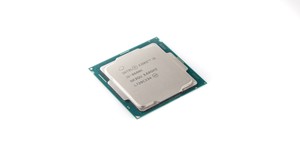
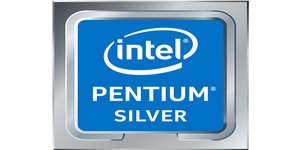
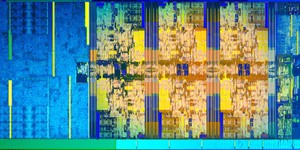




Want to comment? Please log in.